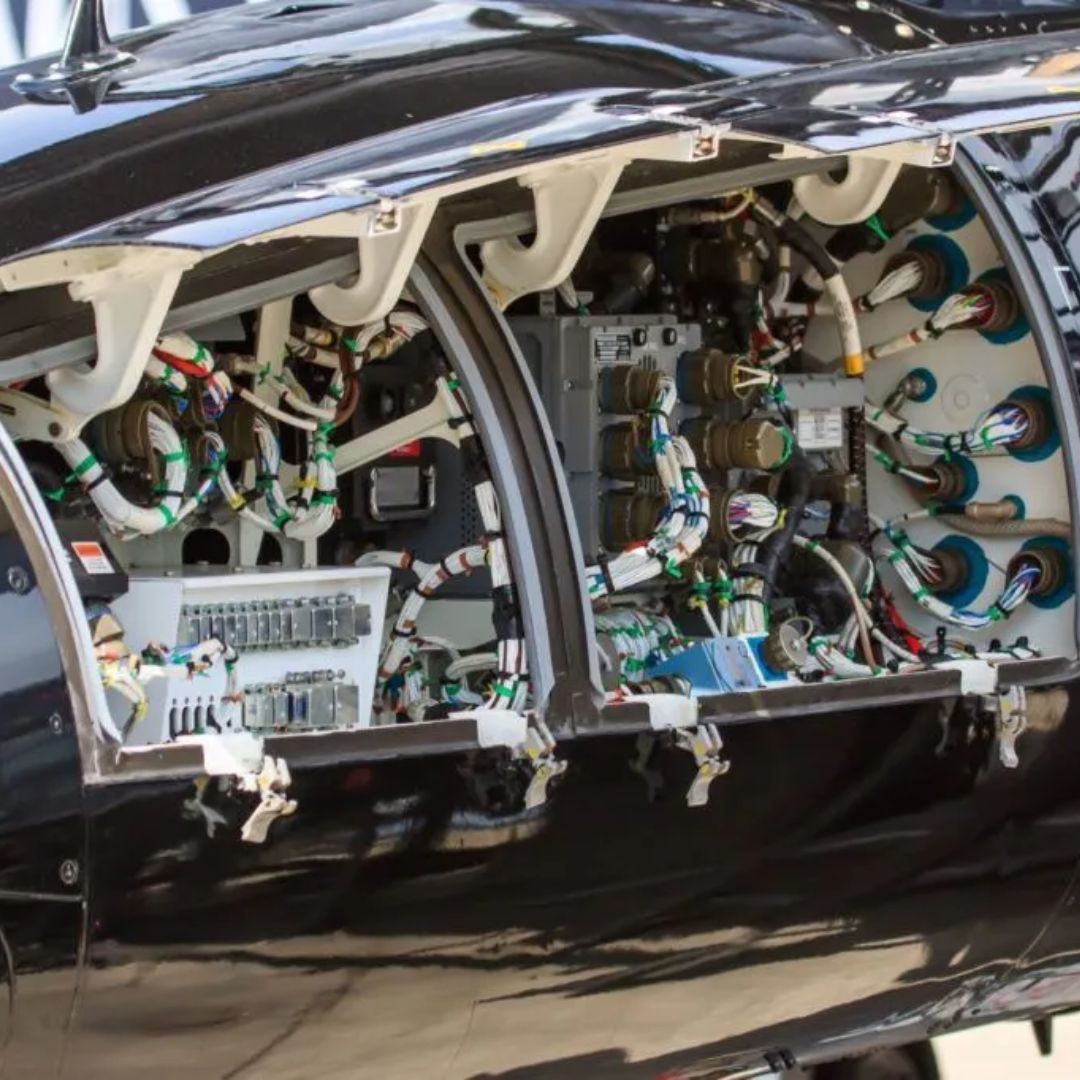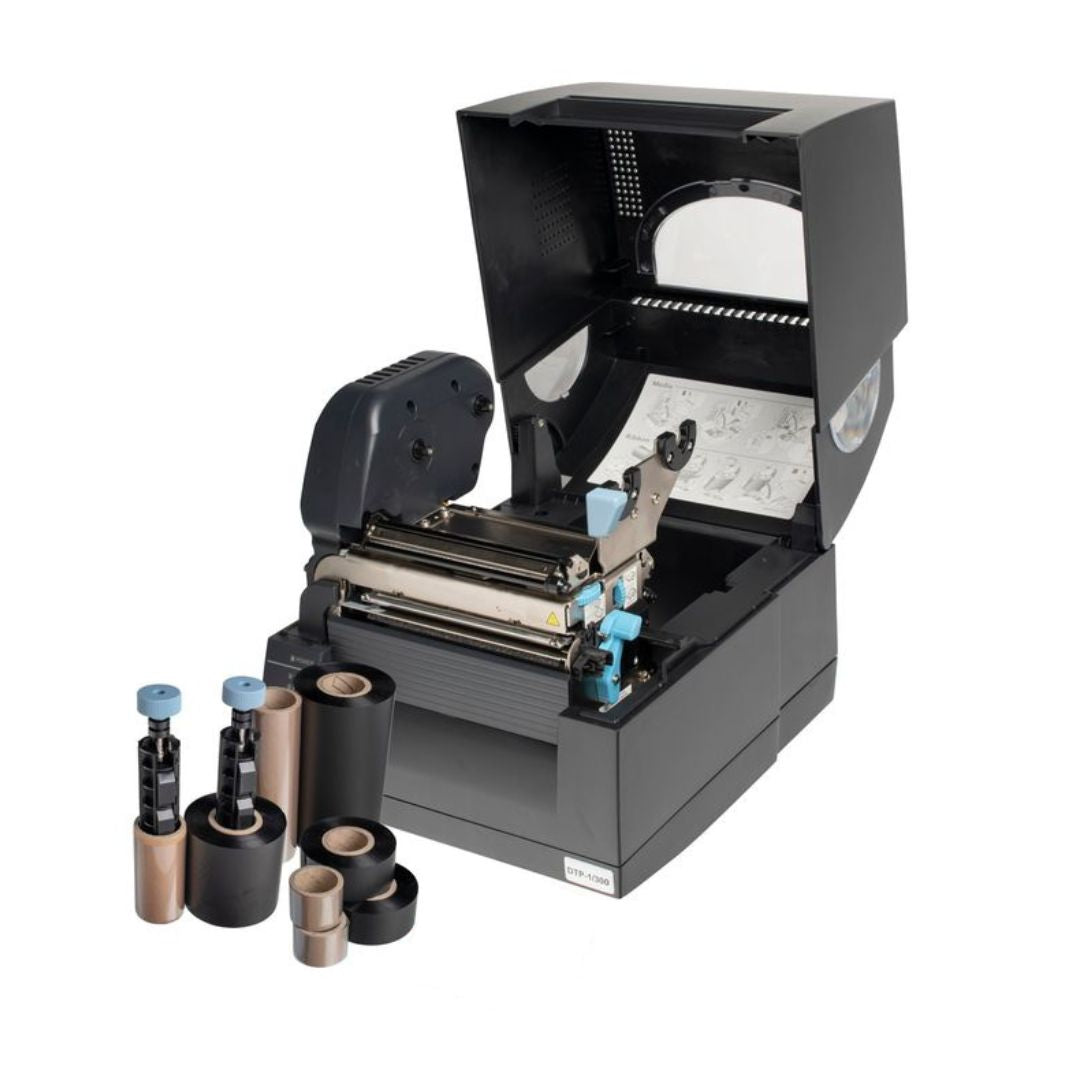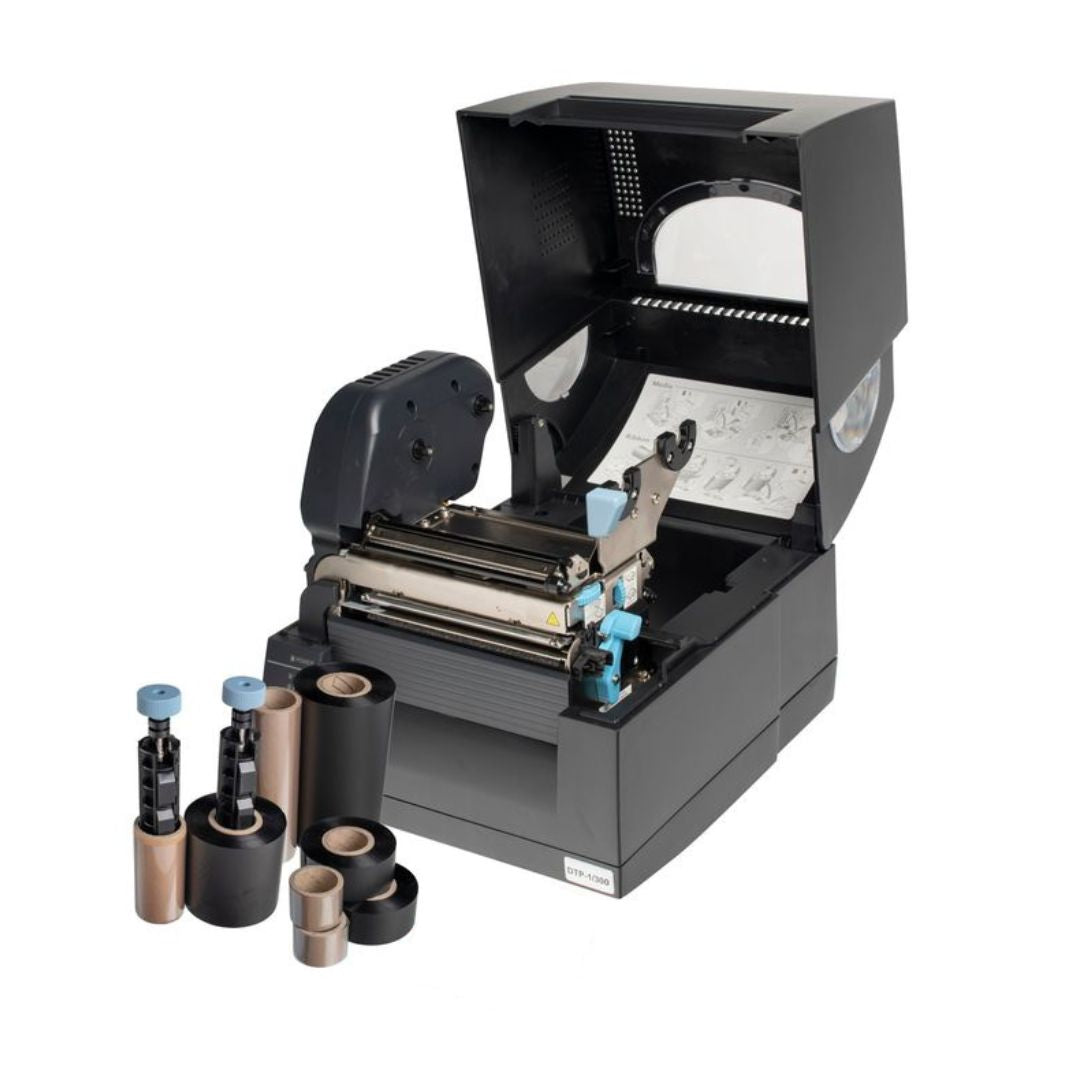Wiring harnesses and looms – these terms are used in the aircraft and aerospace industry, but what are they?
Today, you find these products typically referenced as electrical wiring harnesses or wire harness assemblies.
An electrical wiring harness, also known as a wire harness, cable harness, cable assembly, wiring assembly or wiring loom, is an assembly of electrical cables or wires which transmit signals or electrical power throughout an aircraft.
Wiring loom is commonly used in a European context.
A wire is described as a single, solid conductor or a stranded conductor covered in an insulating material. Due to in-flight flexing and vibration conductor wire should be stranded to minimise breakage. Commercial and military aircraft use wire that is manufactured under MIL-W-22759 specifications, complying with current military and FAA requirements.
As technology progressed the phrase electrical cable, then electrical wiring harness developed. This terminology helps to avoid product confusion. It should be noted that cable is also used with wire to create a wiring harness (i.e. shielded jacketed cable).
Fabrication of Electrical Cables & Wiring Harnesses
A wiring harness consists of conductor wires that are contained in insulated coverings. These jacketed cables can be individuals, twisted pairs, triplets, etc.
The two most generally used conductors are Aluminium and Copper, each has its own characteristics. Aluminum is used extensively; its lightness makes possible long spans and its relatively large diameter for a given conductivity reduces the discharge of electricity from the wire. Copper has a higher conductivity, relatively high tensile strength and can be easily soldered.
In the Aerospace industry, aircraft can contain literally miles of wiring harnesses. Applications include engine, fuselage, landing gear, wing, and a host of other functions.
Silver Fox has a range of labelling solutions suitable for use on Harnesses, which have been successfully tested to MIL-STD-202-215



